The symbols of suburban success evolve over time, reflecting changing tastes, economic shifts, and cultural values. What was once considered a mark of achievement and aspiration can, with the passage of time and shifting trends, come to be seen as dated or even aesthetically undesirable. These shifts often highlight how perceptions of status and style are fluid and influenced by broader societal changes. Recognizing these evolving symbols can offer a humorous yet insightful look at suburban life.
1. Oversized McMansions (Cookie-Cutter Grandeur)
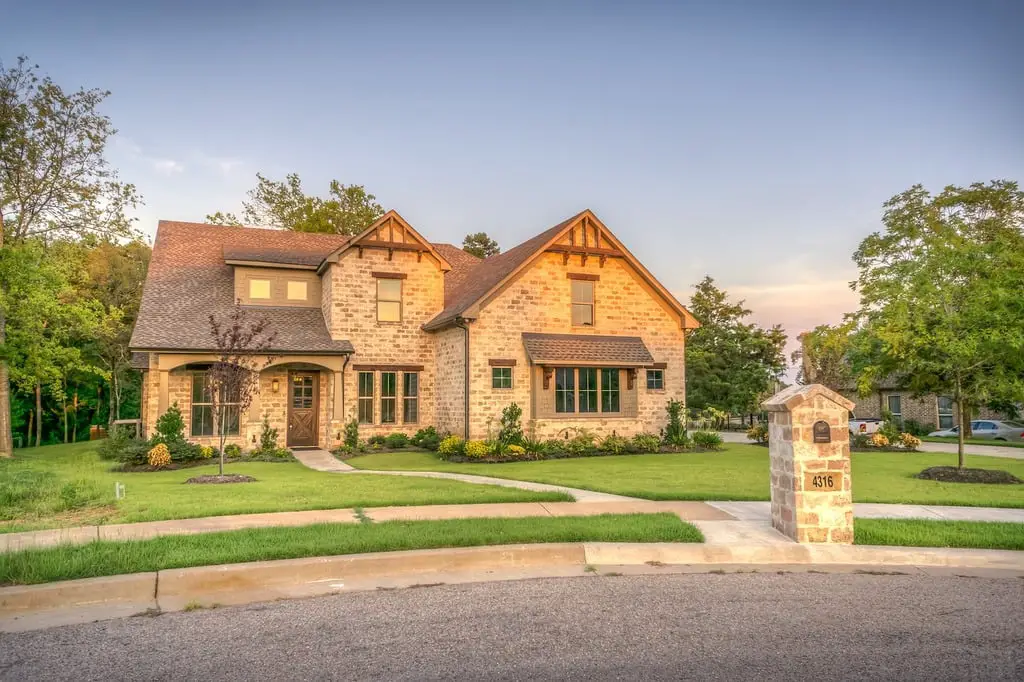
In the late 20th and early 21st centuries, large, often architecturally disparate homes, dubbed “McMansions,” were frequently seen as the epitome of suburban success. Their sheer size and multiple gables were intended to convey affluence and achievement. However, as architectural tastes have shifted towards more cohesive and thoughtfully designed homes, these oversized dwellings can now appear ostentatious and lacking in genuine style, says Strong Towns.
The emphasis on square footage over quality design and materials has led some to view McMansions as symbols of excess rather than refined taste. Their often-generic architectural elements and sprawling layouts can now be seen as less desirable compared to homes with more character and a stronger sense of place. The perception has shifted from aspirational to somewhat garish for some.
2. Perfectly Manicured Lawns (Artificial Green Carpet)
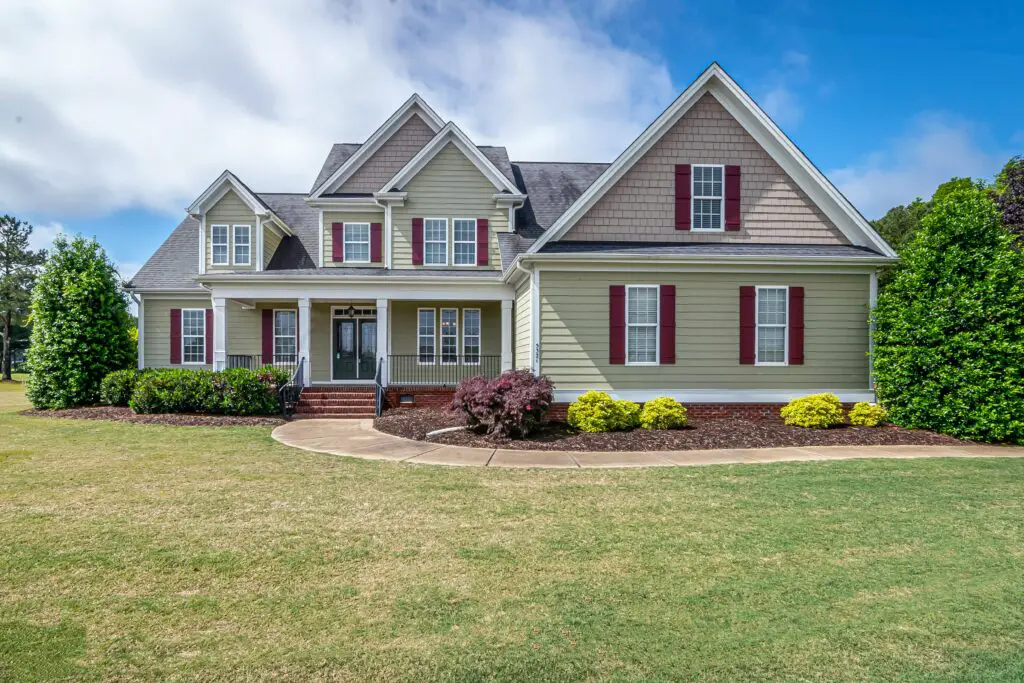
A perfectly manicured, bright green lawn, meticulously striped and free of any weeds, was once a hallmark of suburban pride and success. Achieving this pristine look often involved significant time, effort, and the use of chemical fertilizers and pesticides. However, with increasing environmental awareness, this artificial aesthetic can now be viewed as unsustainable and even ecologically damaging, notes Freakonomics.
The focus has shifted towards more natural and drought-tolerant landscaping options that require less water and fewer chemicals. Wildflower gardens, native plants, and less rigidly controlled lawns are gaining popularity as more environmentally conscious and aesthetically pleasing alternatives. The perfectly manicured lawn, once a status symbol, can now seem out of touch with these evolving values.
3. Matching Car Collections (His and Hers Excess)

Having a matching set of expensive cars parked in the driveway, often “his and hers” versions of the same luxury model, was once a clear sign of financial success in suburbia. This display of coordinated wealth was intended to project an image of affluence and shared achievement. However, this overt display can now be perceived as somewhat ostentatious and lacking in individual personality, says Financial Samurai.
The focus has shifted towards more understated displays of success and a greater emphasis on individuality and sustainability. Owning multiple gas-guzzling luxury vehicles can now be seen as less environmentally responsible compared to opting for more fuel-efficient or even electric vehicles. The matching car collection has lost some of its aspirational sheen for many.
4. Abundance of Brass Fixtures (Gleaming 1980s Leftovers)

Shiny brass fixtures throughout a home, from doorknobs and light fixtures to faucets and cabinet hardware, were a popular trend in the 1980s and early 1990s, often signifying a move up the socioeconomic ladder. The gleaming gold tones were seen as elegant and sophisticated at the time. However, according to Architectural Digest, these once-coveted finishes now often appear dated and out of step with current design trends.
Modern design aesthetics tend to favor cooler metal tones like brushed nickel, matte black, and oil-rubbed bronze. The widespread use of shiny brass can now make a home feel stuck in a previous era, detracting from a more contemporary look. Replacing these outdated fixtures is often a key step in modernizing a suburban home.
5. Overly Formal Living Rooms (Roped-Off Grandeur)
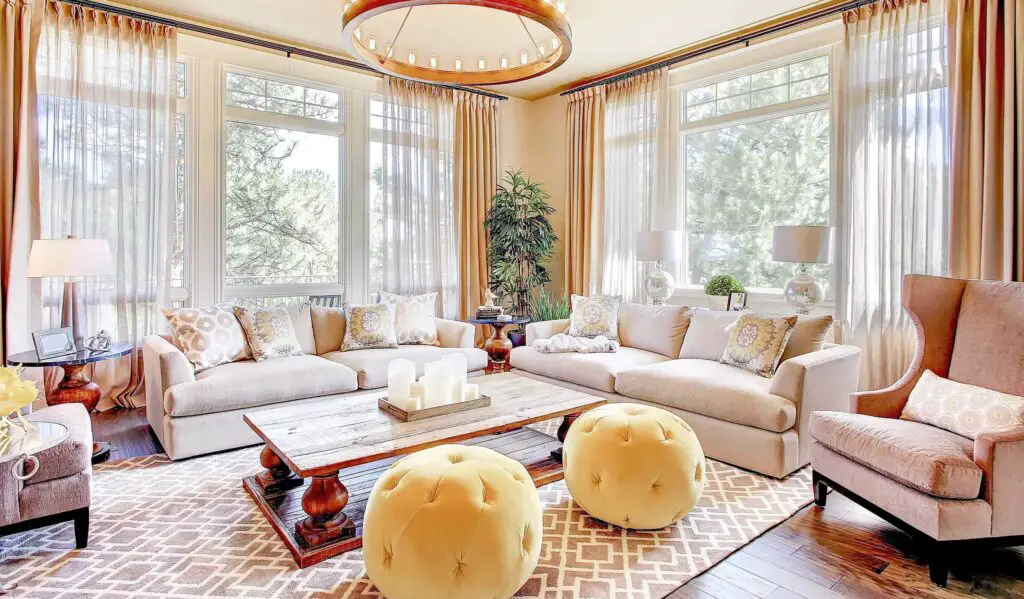
Having a meticulously decorated formal living room that was rarely used, kept pristine for special occasions, was once a symbol of having achieved a certain level of success and the ability to maintain a dedicated “showcase” space. However, this concept can now seem impractical and even a bit pretentious in more casual modern living.
The trend has shifted towards more open and flexible living spaces that are designed for everyday comfort and use. Rooms that feel too precious or off-limits can now seem unwelcoming and out of touch with a more relaxed approach to home life. Functionality and comfort are now often prioritized over rarely used formality.
6. Walls Covered in Wallpaper Borders (The Decorative Divide)
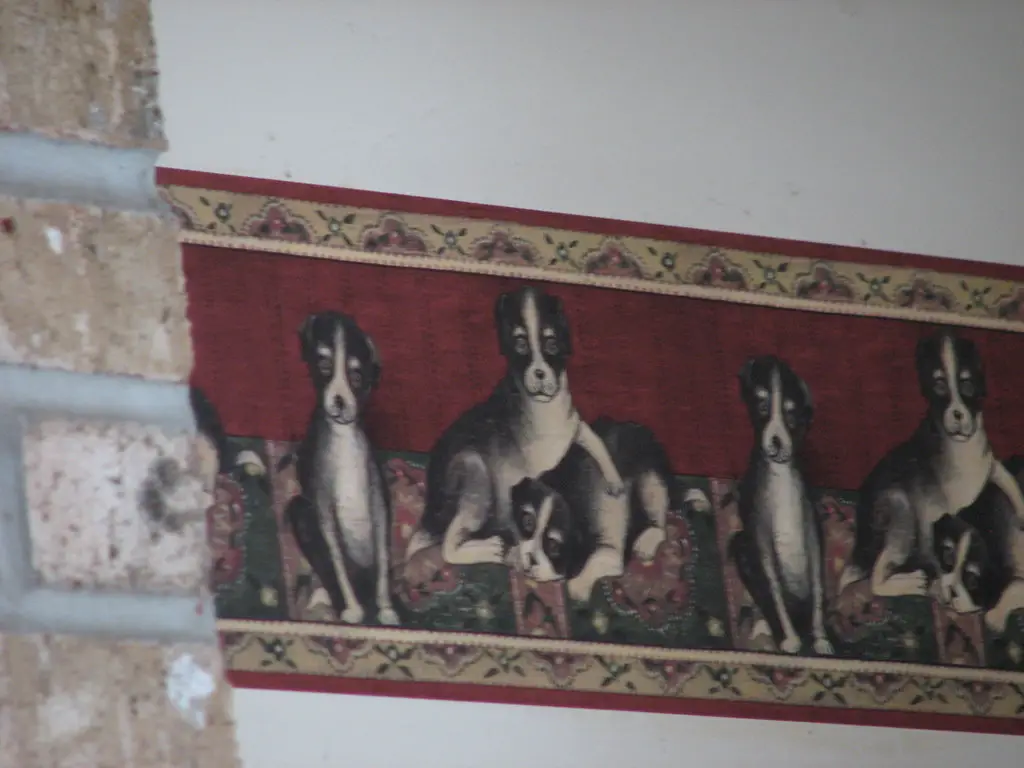
Wallpaper borders, often featuring repetitive patterns or thematic designs, were a popular decorative element in suburban homes for a significant period, used to define the transition between walls and ceilings. Their application was often seen as adding a touch of personalized style and sophistication. However, this trend has largely faded, and wallpaper borders can now appear dated and visually disruptive.
Modern design tends to favor cleaner lines and simpler wall treatments. Removing outdated wallpaper borders is often a necessary step in updating a home’s interior. What was once considered a stylish finishing touch can now make a room feel visually cluttered and stuck in the past.
7. Collections of Mass-Produced “Art” (Generic Embellishment)
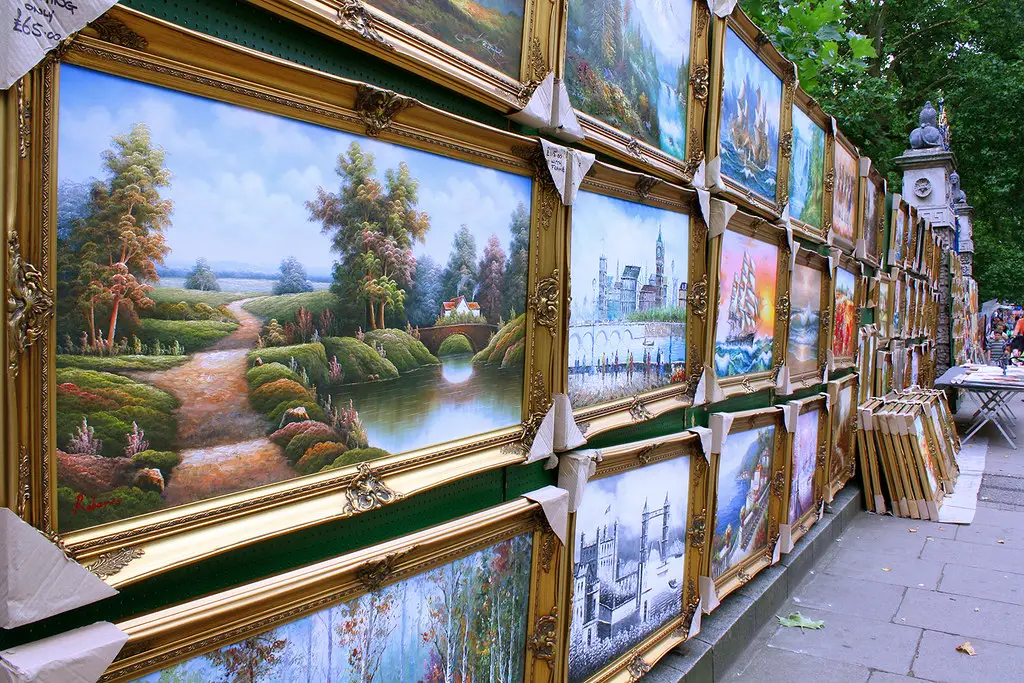
Displaying numerous pieces of mass-produced artwork or prints, often purchased from large chain stores, was once a way for suburban homeowners to add what they perceived as a touch of culture and sophistication to their walls. The sheer quantity was sometimes seen as a sign of having invested in decorating the home. However, these generic pieces can now appear uninspired and lacking in personal connection.
The focus has shifted towards more unique and meaningful artwork, whether original pieces, limited edition prints, or personal photographs. Quality and personal significance are now often valued over quantity when it comes to wall decor. A few well-chosen pieces can speak volumes more than an abundance of generic art.
8. Faux Tuscan Kitchens (The Mediterranean Moment)

The “Tuscan kitchen” aesthetic, with its dark wood cabinetry, granite countertops, and ornate details, was a popular trend in suburban home renovations for a period, intended to evoke a sense of Old World charm and culinary sophistication. However, this heavily themed look can now appear dated and overly specific.
Current kitchen design trends favor lighter, more minimalist aesthetics with clean lines and natural materials. The dark and ornate elements of the faux Tuscan style can now feel heavy and out of step with these preferences. Updating kitchens to a more contemporary and versatile style is often a priority for homeowners.
9. Elaborate Window Treatments (Fabric Overload)
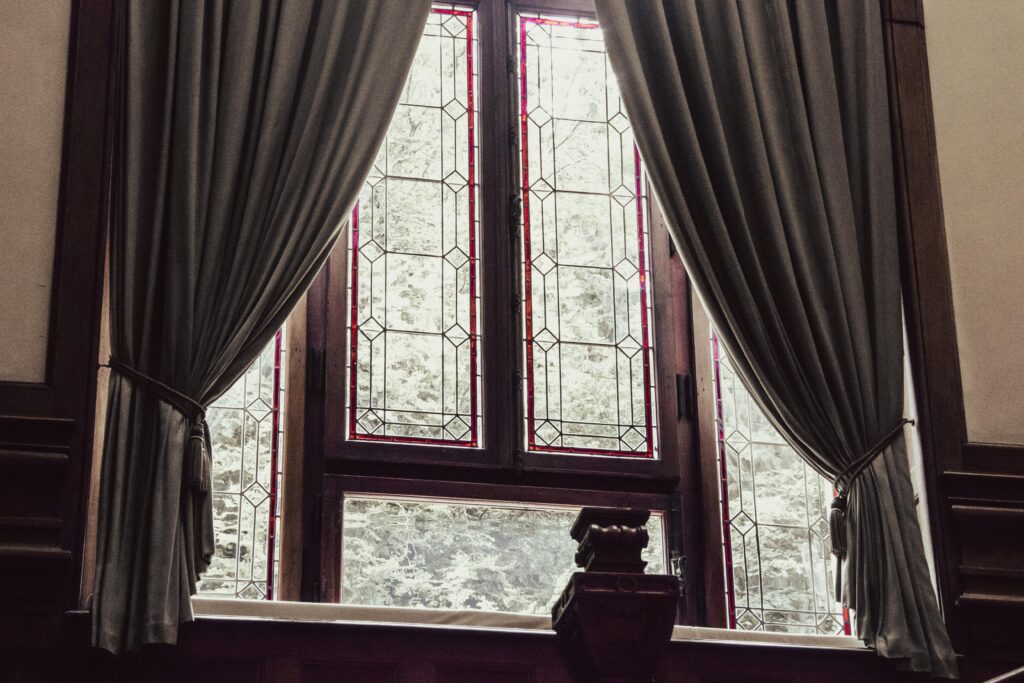
Heavy, multi-layered window treatments with swags, valances, and tie-backs were once seen as a sign of a well-appointed and luxurious suburban home. The abundance of fabric was intended to convey a sense of formality and opulence. However, these elaborate treatments can now appear fussy and outdated.
Modern window treatments tend to be simpler and more functional, emphasizing clean lines and natural light. Options like streamlined blinds, shades, or simple curtain panels are now more popular. Overly ornate and voluminous window coverings can now make a room feel visually heavy and dated.
10. Linens with Excessive Ruffles and Lace (Frilly Formality)
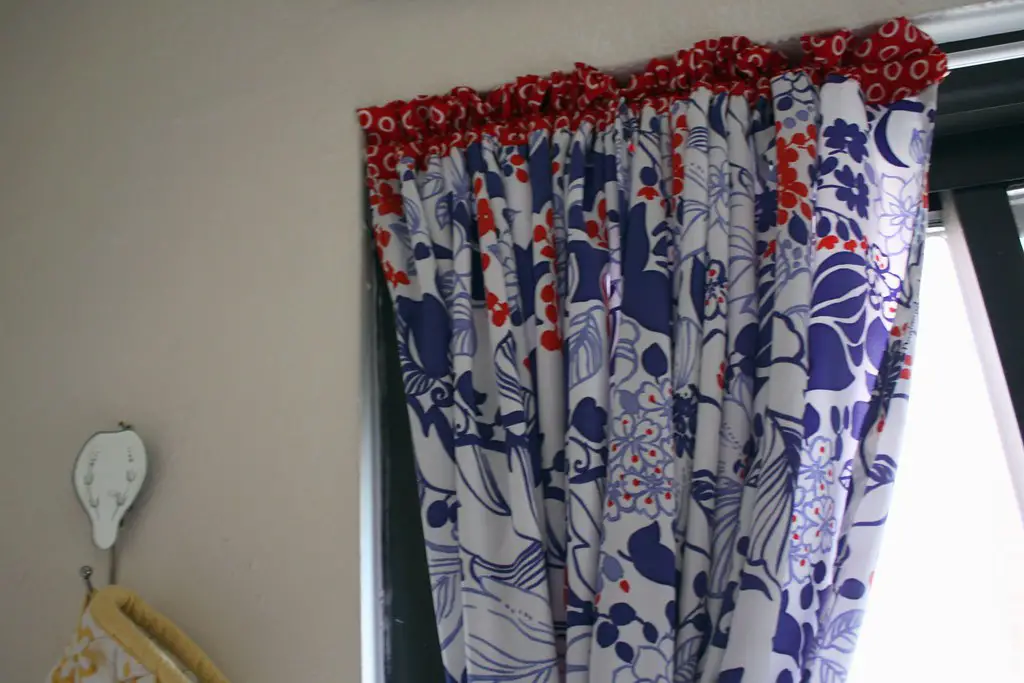
Bedding and linens adorned with excessive ruffles, lace, and intricate embellishments were once considered a mark of a well-dressed and feminine bedroom in suburban homes. This overly decorative style was intended to convey elegance and attention to detail. However, this look can now appear dated and impractical for modern lifestyles.
Current bedding trends favor simpler designs, comfortable fabrics, and a more minimalist aesthetic. Clean lines, neutral colors, and natural textures are now more popular choices for creating a serene and contemporary bedroom. Overly frilly and lacy linens can now feel out of touch with these preferences.
11. Taxidermy Displays (Stuffed Statements)

Displaying taxidermied animals or animal parts was once seen by some as a sign of having engaged in hunting or as a bold and somewhat sophisticated decorative statement in suburban homes. These displays were intended to project a sense of ruggedness or unique taste. However, this trend has largely faded and can now be viewed as unsettling or even distasteful by many.
Modern decor tends to favor more ethically sourced and less overtly animal-centric decorative elements. What was once considered a symbol of a particular lifestyle can now be seen as out of step with contemporary sensibilities regarding animals and home decor.
12. Outdoor Water Features (Overly Themed Ponds)
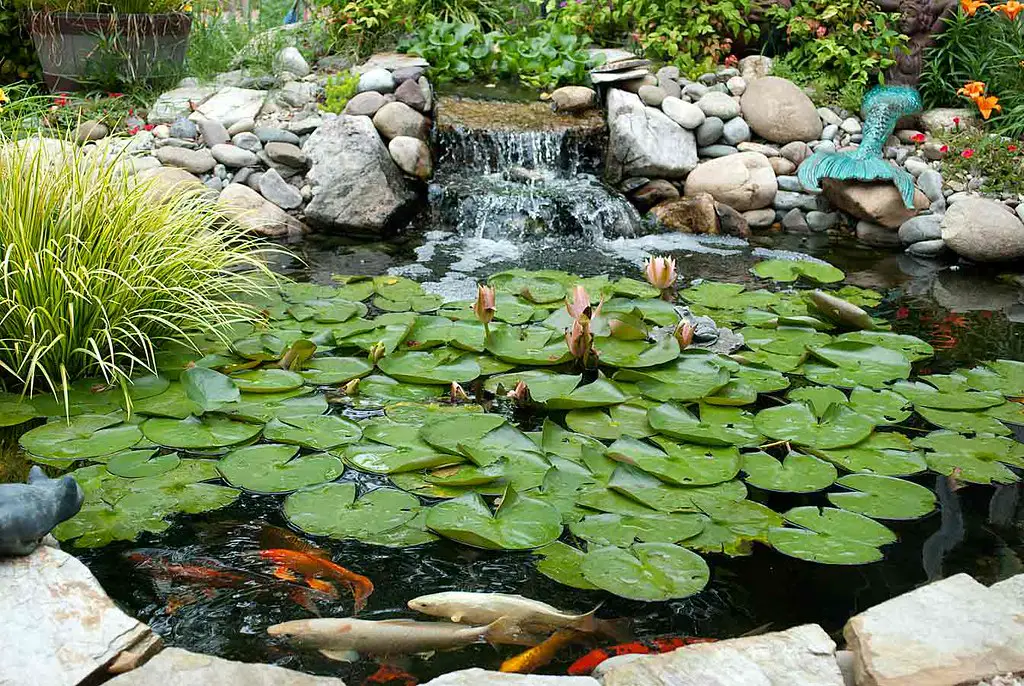
Elaborate outdoor water features, such as large, artificially landscaped ponds with fountains and statuary, were once a popular way for suburban homeowners to create a sense of luxury and tranquility in their yards. These features were intended to convey a sense of having created a personal oasis. However, these overly themed and high-maintenance installations can now appear dated and even a bit kitschy.
Current landscaping trends favor more natural and low-maintenance water features, such as simple bird baths or small, organically shaped ponds. Overly artificial and elaborate designs can now seem out of touch with a more environmentally conscious and naturalistic approach to outdoor spaces.
13. Collections of Figurines (Dust-Gathering Displays)
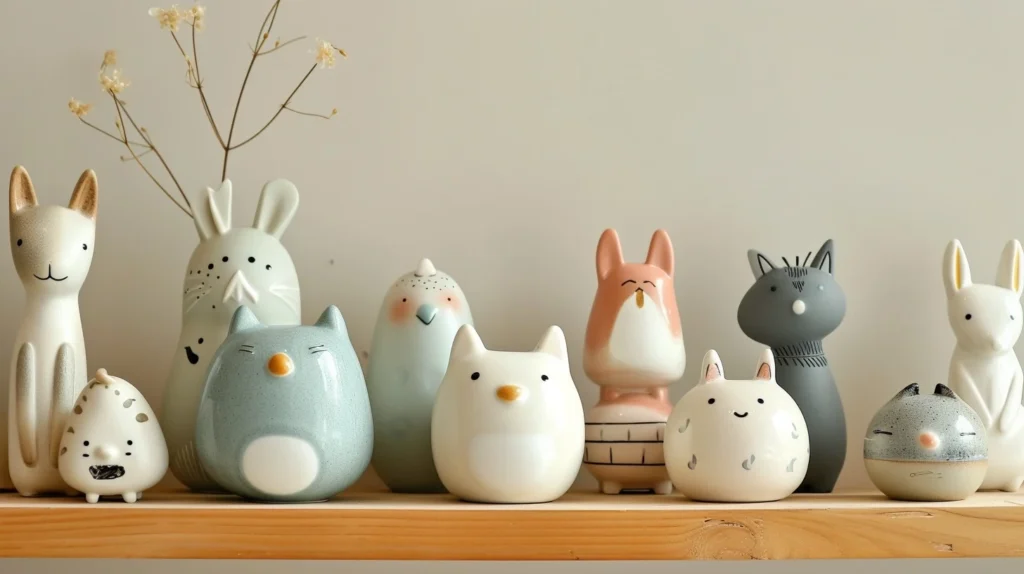
Displaying large collections of figurines, often porcelain or ceramic, in glass cabinets or on shelves was once a common way for suburban homeowners to showcase their hobbies or perceived refined taste. The sheer number of items was sometimes seen as a sign of dedication to a particular interest. However, these dust-gathering displays can now appear cluttered and visually overwhelming.
Modern decor tends to favor more curated and minimalist displays of personal interests. A few carefully chosen and well-displayed items can be more impactful than a large, unedited collection. Editing and thoughtful arrangement are now often valued over sheer quantity.
14. Personalized License Plate Frames (Overt Self-Promotion)
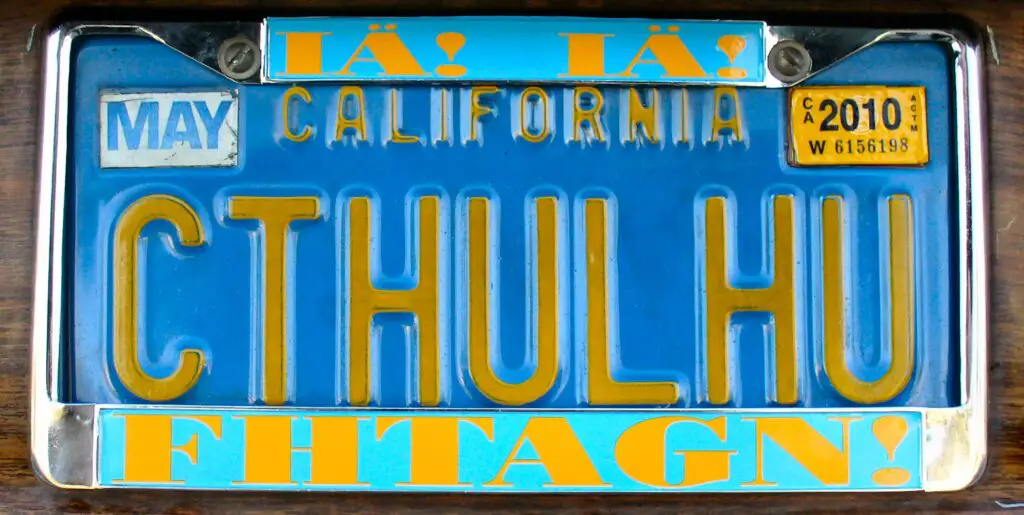
Personalized license plate frames with slogans, names, or affiliations were once a common way for suburban drivers to express their individuality or show pride in their interests. This form of vehicular self-expression was often seen as a harmless way to personalize a vehicle. However, overly verbose or attention-seeking frames can now sometimes be perceived as a bit tacky or trying too hard to make a statement.
Current trends tend towards cleaner and more minimalist aesthetics, even on vehicles. Simple frames or no frames at all are often preferred. Overly personalized frames can now sometimes be seen as drawing unwanted attention or conveying a lack of subtlety.
